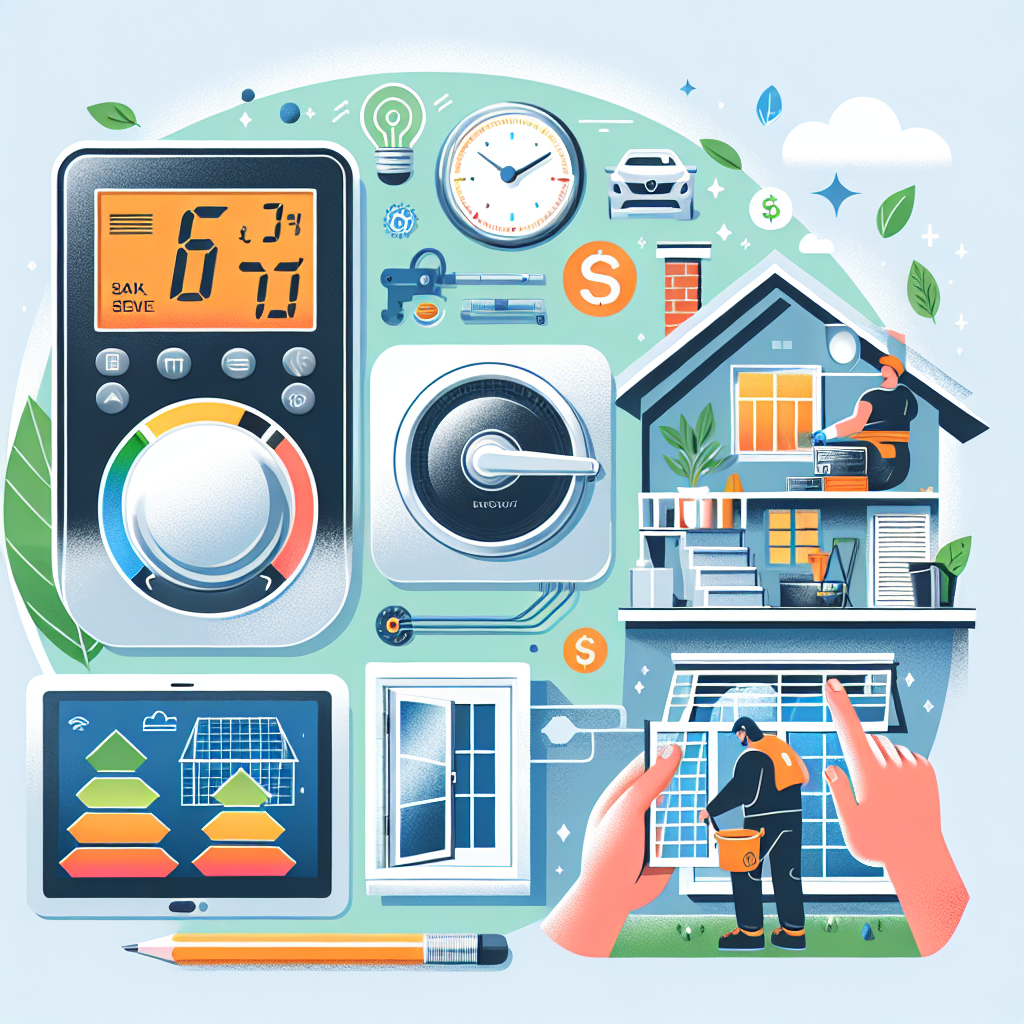Are you tired of seeing your energy bills skyrocket every year? Well, have no fear because we have the solution for you! In this article, we will provide you with 10 amazing tips that will help you save money on heating and cooling. From simple changes in your daily routine to cost-effective home improvements, these strategies are designed to keep your home comfortable without breaking the bank. So, say goodbye to those pricey energy bills and hello to a more efficient and budget-friendly way of heating and cooling your home.
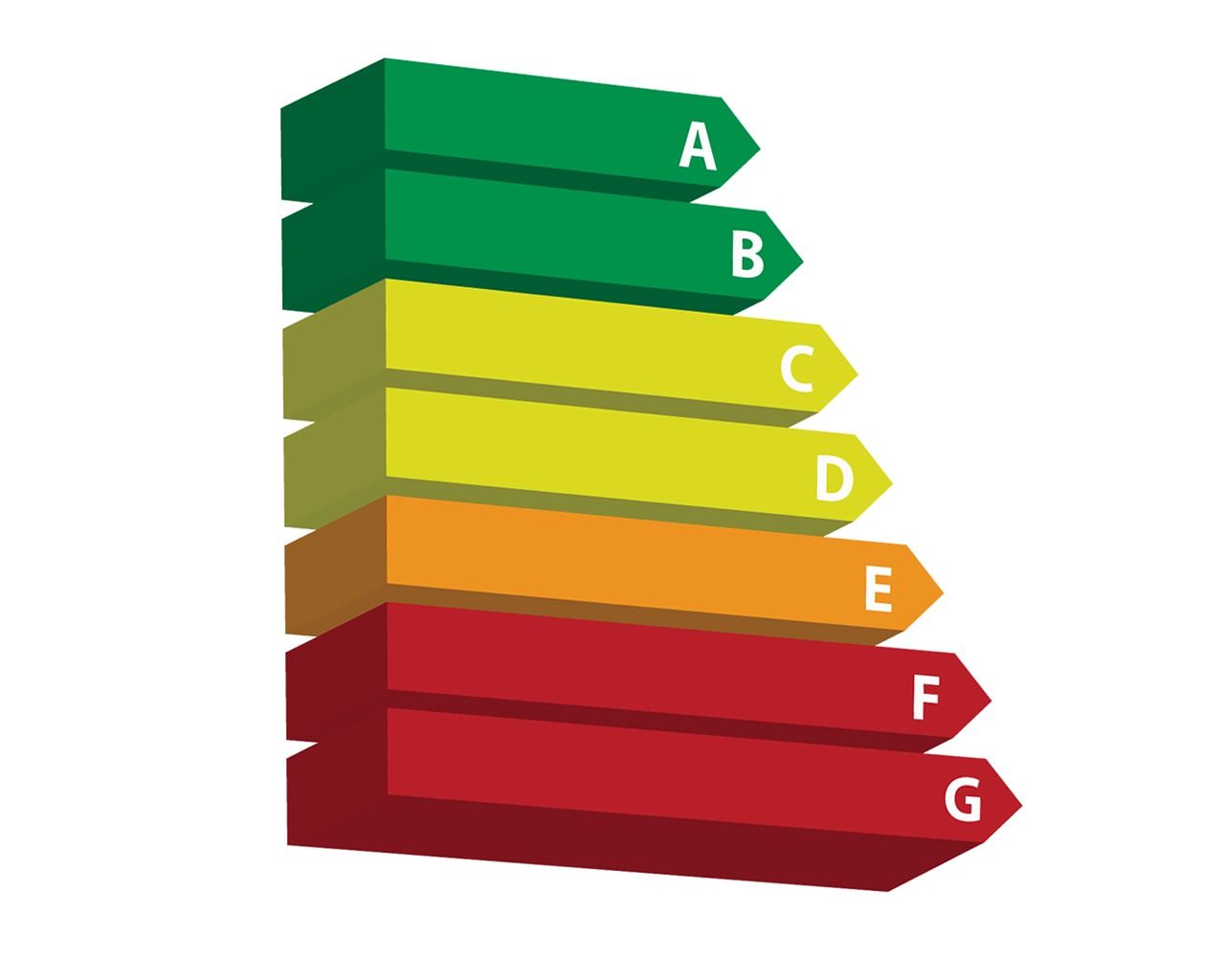
Insulate Your Home
When it comes to saving money on heating and cooling, one of the most effective strategies is to properly insulate your home. Insulation helps to create a barrier that keeps the outdoor temperatures from seeping inside, thus reducing the amount of energy needed to maintain a comfortable indoor climate. There are several key areas of your home that you should pay attention to when considering insulation.
Seal Cracks and Gaps
One of the first things you should do is inspect your home for any cracks or gaps that may be present. These can often be found around windows, doors, and even in the walls themselves. If you find any, it’s important to seal them up to prevent drafts and energy loss. You can use caulk or weatherstripping to seal gaps, and expanding foam for larger cracks. Taking the time to seal these areas will not only save you money on heating and cooling, but it will also make your home more comfortable year-round.
Add Weatherstripping to Doors and Windows
Another important step in insulating your home is to add weatherstripping to your doors and windows. Weatherstripping helps to create a tight seal when these entry points are closed, preventing drafts and heat loss. There are many different types of weatherstripping available, so be sure to choose the one that is best suited for your particular needs. Whether it’s adhesive-backed foam tape or V-strip weatherstripping, adding this extra layer of protection will help to keep your home more energy-efficient.
Use Insulating Curtains or Blinds
In addition to sealing cracks and gaps, you can also utilize insulating curtains or blinds to further improve the energy efficiency of your home. These specially designed window coverings are often made with thick, insulating materials that help to prevent heat transfer. During the winter months, keeping these curtains or blinds closed at night can help to trap the heat inside your home. Conversely, during the summer, closing them during the daytime can help to block out the heat from the sun, keeping your home cooler and reducing the need for air conditioning.
Insulate Your Attic
Insulating your attic is another important step in creating an energy-efficient home. Heat has a tendency to rise, so if your attic is not properly insulated, a significant amount of warmth can escape through the roof. By adding insulation to your attic, you can help to trap that heat inside, keeping your home warmer and reducing the need for excessive heating. Additionally, a well-insulated attic can also help to keep your home cooler during the summer by preventing hot air from infiltrating your living spaces.
Programmable Thermostat
Installing a programmable thermostat in your home can significantly contribute to your energy efficiency and ultimately save you money on heating and cooling costs. With a programmable thermostat, you have the ability to set different temperature levels for specific times of the day, allowing you to maximize your comfort while minimizing your energy consumption.
Set Lower Temperature When Away
One of the key features of a programmable thermostat is the ability to adjust the temperature when you’re away from home. By programming your thermostat to lower the temperature while you’re at work or away for an extended period of time, you can avoid wasting energy on heating or cooling an empty house. This simple adjustment can lead to significant savings over time.
Adjust Temperature at Night
Another beneficial feature of a programmable thermostat is the ability to adjust the temperature at night. Many people find it more comfortable to sleep in a cooler environment, so setting the thermostat to a lower temperature during the nighttime hours can help you achieve a restful sleep while also saving you money. It’s recommended to set the temperature back by a few degrees while you’re sleeping, as your body is naturally less sensitive to temperature changes during this time.
Take Advantage of Smart Thermostats
For those looking to take their energy efficiency to the next level, consider investing in a smart thermostat. These devices connect to your home’s Wi-Fi network and can be controlled remotely through smartphone apps or voice commands. Smart thermostats have advanced features, such as learning your temperature preferences over time and adjusting the temperature automatically based on your habits. They can also provide energy usage reports, allowing you to monitor and optimize your energy consumption further.
Regular HVAC Maintenance
Maintaining your HVAC (Heating, Ventilation, and Air Conditioning) system is crucial for both its longevity and efficiency. Regular maintenance can ensure that your system is running at its best, reducing the risk of breakdowns and maximizing its energy efficiency.
Clean or Replace Air Filters
One of the simplest and most important maintenance tasks for your HVAC system is to regularly clean or replace the air filters. Dirty filters can restrict airflow, making your system work harder to heat or cool your home. By cleaning or replacing the filters every few months, you can ensure optimal airflow and improve the overall efficiency of your HVAC system.
Clean the Condenser Coils
Another maintenance task that can greatly impact the efficiency of your HVAC system is cleaning the condenser coils. Over time, these coils can become dirty and covered in debris, hindering the transfer of heat. By regularly cleaning the condenser coils, you can improve the heat exchange process, allowing your system to cool more effectively and reducing the strain on your HVAC unit.
Check and Seal Ductwork
Leaky ductwork can lead to significant energy loss and reduced efficiency in your HVAC system. Check your ductwork for any leaks or gaps and seal them accordingly. By ensuring that the conditioned air is properly delivered to each room in your home, you can prevent energy waste and maintain a consistent temperature throughout your living spaces.
Schedule Professional Maintenance
While there are many maintenance tasks you can do yourself, it’s also essential to schedule professional maintenance for your HVAC system. A qualified technician can inspect and clean components that may be difficult for homeowners to access, ensuring that your system is running efficiently and identifying any potential issues before they become major problems. Regular professional maintenance can extend the lifespan of your HVAC equipment and help you maximize your energy savings.
Optimize Airflow
Proper airflow is essential for maintaining a comfortable indoor environment and maximizing the efficiency of your heating and cooling systems. By optimizing airflow throughout your home, you can ensure that conditioned air is distributed evenly and reduce the strain on your HVAC system.
Clear Obstructions from Vents
One of the simplest ways to optimize airflow is to ensure that all vents in your home are free from obstructions. Make sure that furniture, rugs, or other objects are not blocking the vents, as this can impede the air from flowing freely. By keeping the vents clear, you can ensure that the conditioned air is distributed evenly throughout your home, maximizing your comfort and reducing the need for your HVAC system to work harder.
Use Fans to Circulate Air
Ceiling fans and portable fans are great tools for enhancing airflow in your home. Fans help to circulate the air, creating a breeze that can make you feel cooler or warmer without adjusting the thermostat. During the summer months, running a fan in conjunction with your air conditioner allows you to set the temperature a few degrees higher, as the fan will help to create a cooling effect. In the winter, running a fan in reverse (clockwise) at a low speed can help to push warm air down from the ceiling, making your space feel warmer.
Consider a Duct Booster Fan
If you have rooms that are consistently colder or warmer than the rest of your home, you may benefit from a duct booster fan. These fans can be installed in ductwork to help increase the airflow to specific areas of your home. By boosting the airflow, you can ensure that all rooms are evenly heated or cooled, improving your comfort and reducing the strain on your HVAC system.
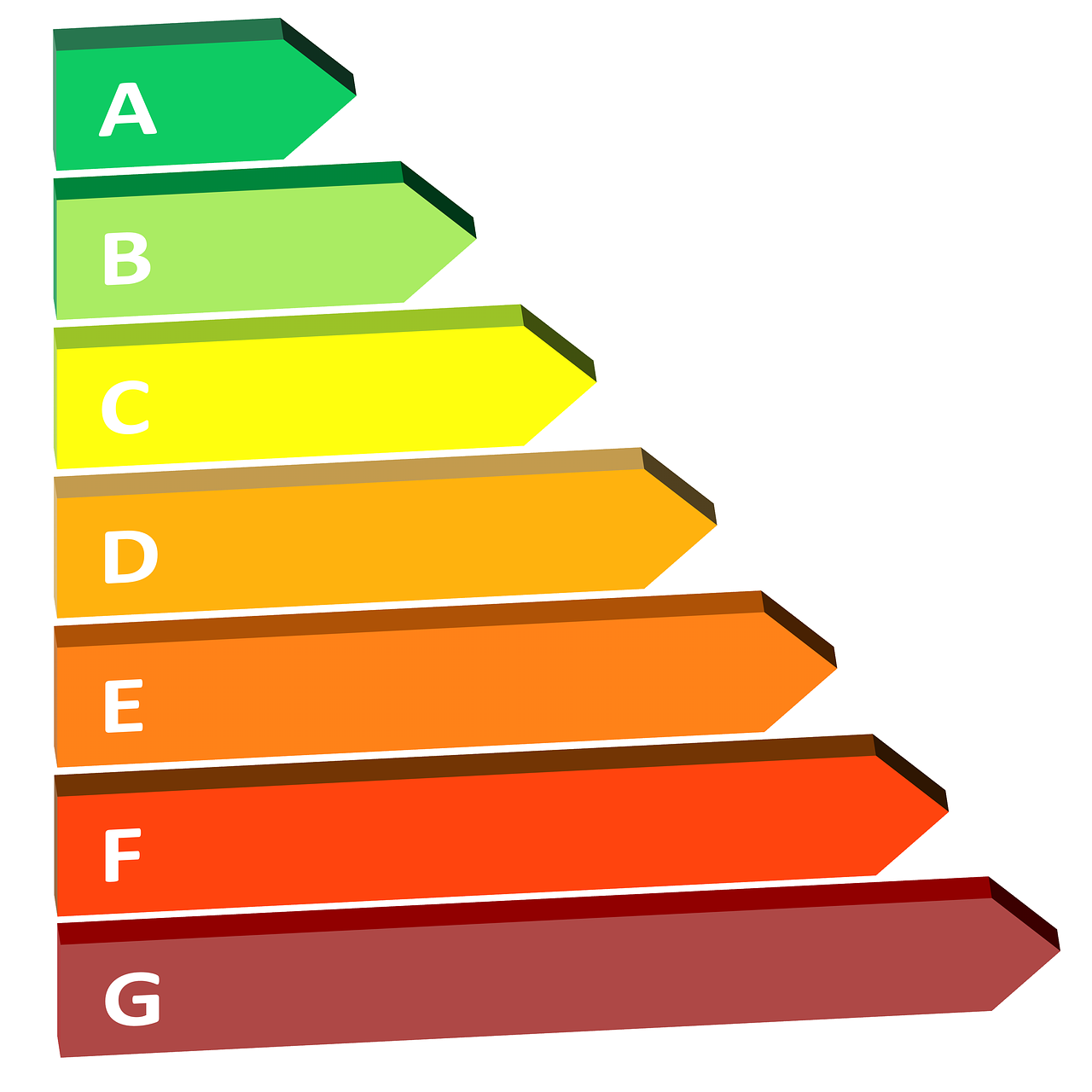
Use Natural Ventilation
Taking advantage of natural ventilation is not only environmentally friendly but can also help you save money on heating and cooling. By utilizing the natural elements around your home, you can create a more comfortable indoor environment without relying solely on mechanical systems.
Open Windows at Night
During the cooler months, opening your windows at night can allow fresh, cool air to circulate through your home. This natural cooling method can help to lower the temperature inside without the need for air conditioning. However, be sure to close the windows in the morning before the outside temperatures rise, trapping the cool air inside.
Utilize Cross Ventilation
Cross ventilation is a simple yet effective strategy for utilizing natural airflow to cool your home. To achieve cross ventilation, open windows on opposite sides of your home or on different floors, allowing the air to flow through and create a breeze. By strategically opening and closing windows and doors, you can maximize the airflow, reducing the need for mechanical cooling.
Close Blinds during Daytime
While natural light is often desirable, excessive sunlight can also heat up your home, especially during the summer months. To prevent unnecessary heat gain, close blinds or curtains during the daytime, particularly on windows that receive direct sunlight. This simple step can help to keep your home cooler, reducing the need for air conditioning and saving you money on your energy bills.
Take Advantage of Sunlight
The sun is a natural source of heat and light that can be utilized to improve the energy efficiency of your home. By strategically managing sunlight, you can optimize its benefits and reduce your reliance on artificial lighting and heating.
Keep Curtains Open during Winter
During the winter months, you can take advantage of the sun’s heat by keeping your curtains or blinds open during the daytime. The sunlight will help to naturally warm up your home, reducing the strain on your heating system. Be sure to close the curtains or blinds once the sun goes down to retain the heat that has accumulated during the day.
Use Shades or Blinds during Summer
Conversely, during the summer months, using shades or blinds can help to block out the intense sunlight, preventing your home from overheating. By reducing the amount of heat that enters your home, you can minimize the need for air conditioning. Consider investing in window coverings that are designed to reflect heat, such as solar shades or blinds with heat-reflective coatings.
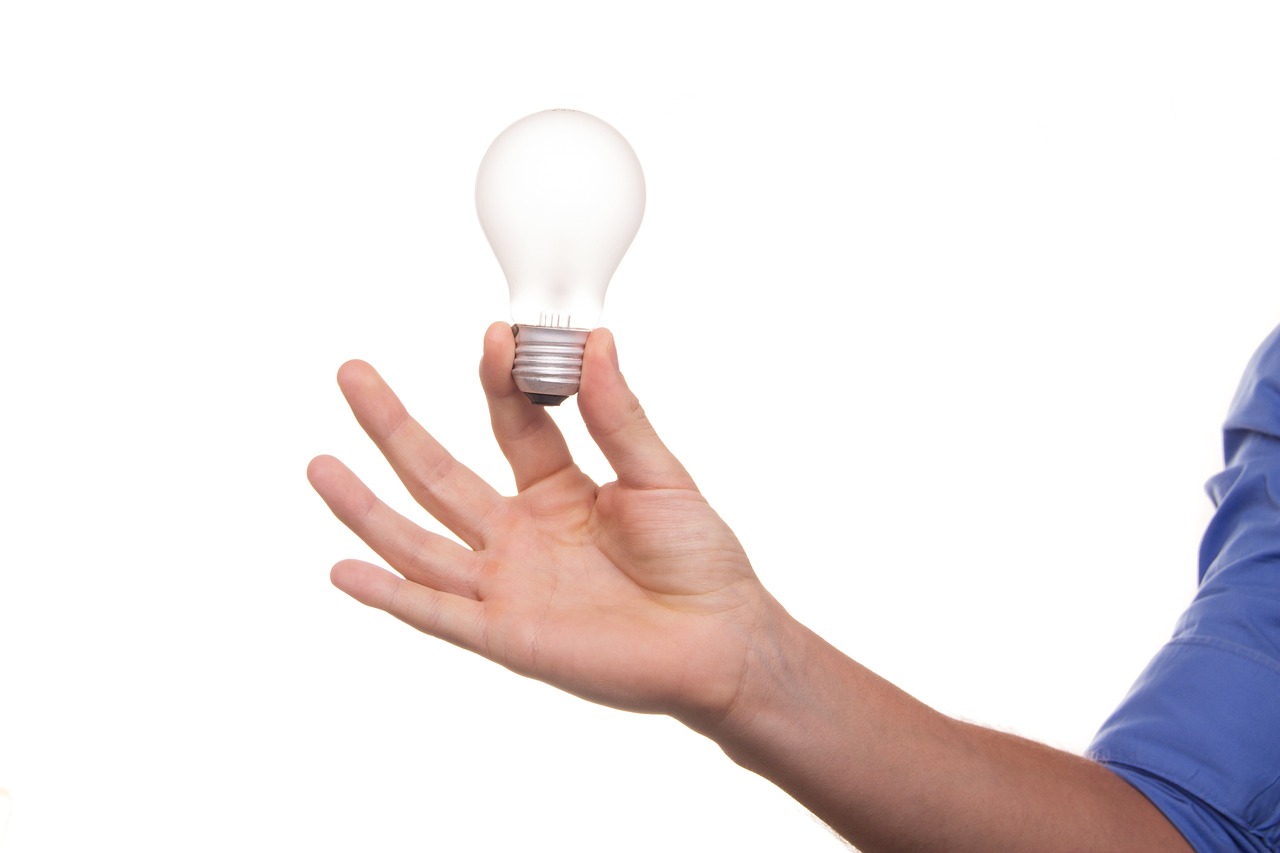
Energy-Efficient Appliances
Appliances and electronics account for a significant portion of your household’s energy consumption. By choosing energy-efficient models, you can reduce your energy usage and lower your heating and cooling costs.
Choose Energy Star Certified Devices
When shopping for appliances, look for the Energy Star certification label. Energy Star appliances are designed to meet strict energy-efficiency standards set by the U.S. Environmental Protection Agency (EPA). By choosing Energy Star-certified devices, you can be confident that your appliances are using less energy, which translates to cost savings on your energy bills.
Upgrade to High-Efficiency Models
If your current appliances are outdated or no longer functioning efficiently, consider upgrading to high-efficiency models. Newer appliances are designed with improved technology that uses less energy to perform the same tasks. From refrigerators and washing machines to furnaces and air conditioners, upgrading to high-efficiency models can have a noticeable impact on your heating and cooling costs over time.
Utilize Zoning Systems
Zoning systems allow you to set different temperatures for different areas or zones within your home. This can be particularly beneficial if you have rooms or areas that are used less frequently or have different temperature preferences.
Set Different Temperatures for Different Areas
With a zoning system, you can program different temperature settings for each zone within your home. For example, you may want your living room to be warmer in the evenings while keeping the bedrooms cooler during the night. By customizing the temperature settings based on your specific needs, you can avoid overconditioning unused areas and save energy in the process.
Install Zoning Controls
To implement a zoning system, you will need to install zoning controls that allow you to regulate the temperature in each zone independently. These controls can be as simple as manually adjusting dampers to control the airflow or as advanced as using smart thermostats that connect to a central control panel. Consult with a professional HVAC technician to determine the best zoning system for your home and ensure proper installation.
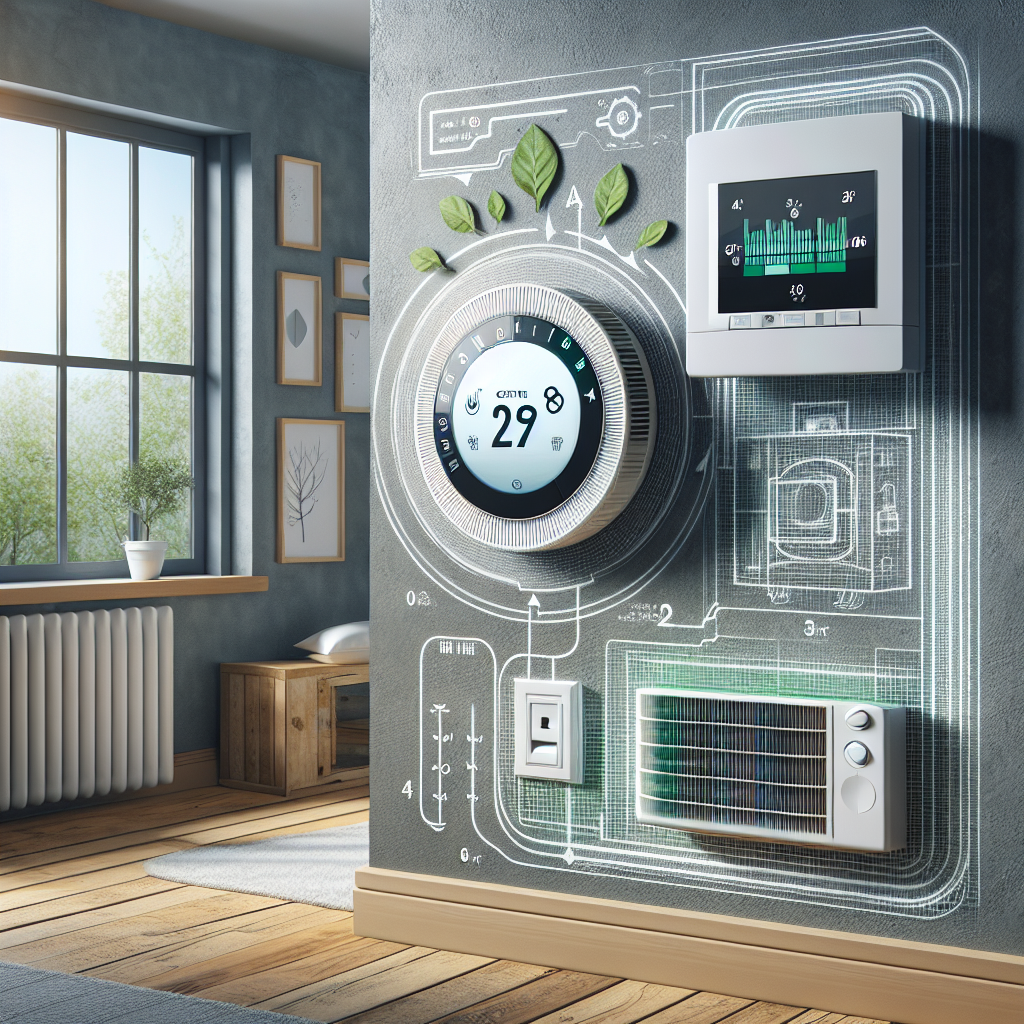
Insulate Hot Water Pipes
In addition to insulating your home’s walls and attic, it’s important not to overlook your hot water pipes. Insulating hot water pipes can help to minimize heat loss and reduce the amount of time it takes for hot water to reach your desired temperature.
Add Pipe Insulation
Pipe insulation is a cost-effective and straightforward solution for minimizing heat loss from your hot water pipes. Wrapping insulation around the pipes helps to prevent the hot water from cooling down as it travels through your home, ensuring that it reaches its destination at the desired temperature. As a result, you can save energy by avoiding the need to run the faucet or shower for an extended period while waiting for hot water.
Lower Water Heater Temperature
While insulating your hot water pipes helps to retain heat, it’s also important to set your water heater temperature at an optimal level. Lowering the temperature setting on your water heater can save energy by reducing heat loss and minimizing the risk of scalding. The recommended temperature for most households is around 120 degrees Fahrenheit (49 degrees Celsius). Adjusting the temperature to this level can still provide you with hot water for daily needs while conserving energy.
Control Humidity Levels
Humidity levels play a significant role in our comfort and can impact the performance of your heating and cooling systems. By controlling humidity levels in your home, you can optimize your indoor environment and potentially reduce energy consumption.
Use a Dehumidifier
In areas where high humidity is a concern, utilizing a dehumidifier can significantly contribute to your comfort and energy efficiency. Dehumidifiers remove excess moisture from the air, reducing humidity levels and preventing the growth of mold and mildew. By maintaining optimal humidity levels, your HVAC system can work more efficiently, cooling your home more effectively and potentially reducing the need for excessive air conditioning.
Set Optimal Humidity Level
The ideal indoor humidity level for most homes is around 30-50%. By using a hygrometer, a device that measures humidity levels, you can monitor the moisture content in your home. If the humidity is too high, you may need to use a dehumidifier. Conversely, if the humidity is too low, especially in dry climates, using a humidifier can help to add moisture to the air, preventing dryness and potential discomfort.
In conclusion, implementing these strategies for saving money on heating and cooling can have a significant impact on your energy consumption and ultimately your wallet. By insulating your home, optimizing airflow, utilizing natural ventilation, and taking advantage of sunlight, you can create a more energy-efficient living space. Additionally, by maintaining your HVAC system, upgrading to energy-efficient appliances, utilizing zoning systems, insulating hot water pipes, and controlling humidity levels, you can further maximize your savings. Remember, even small changes can add up over time, so take the initiative and start implementing these tips today to create a more comfortable, cost-effective, and environmentally friendly home.
